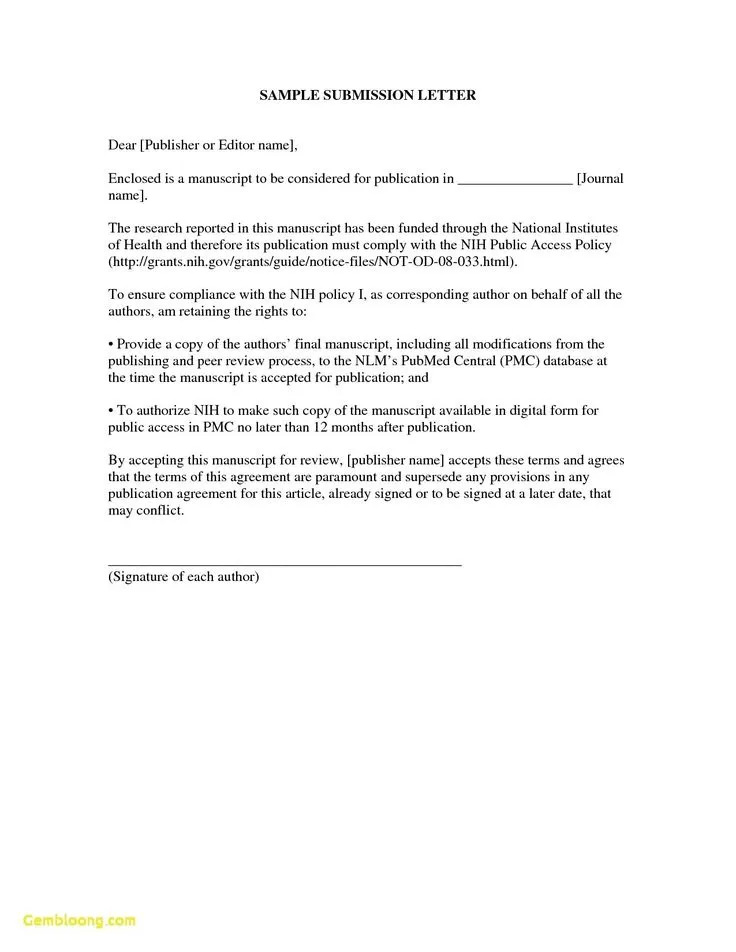Understand the Purpose of a Cover Letter
A cover letter is your first impression, your opportunity to introduce yourself and make a compelling case for why you are the perfect candidate for the editor position. Unlike a resume, which provides a summary of your skills and experience, a cover letter allows you to tell a story, to explain your interest in the specific role, and to showcase your personality and writing style. It’s a chance to connect with the editor on a more personal level and demonstrate your understanding of their needs and the publication’s goals. A well-crafted cover letter is a powerful tool, a key to open the door for your resume and get a chance to be hired.
Why Cover Letters Matter
In a competitive job market, a cover letter can be the differentiating factor that sets you apart from other applicants. It provides the editor with context for your resume, highlighting the most relevant aspects of your experience and explaining how your skills align with the job requirements. It demonstrates your communication skills, attention to detail, and genuine interest in the position. Without a strong cover letter, your resume may be overlooked, or your application may be considered incomplete. Many editors will not even look at a resume unless it is accompanied by a cover letter. Your cover letter is a critical element of your job application.
Cover Letter vs. Resume
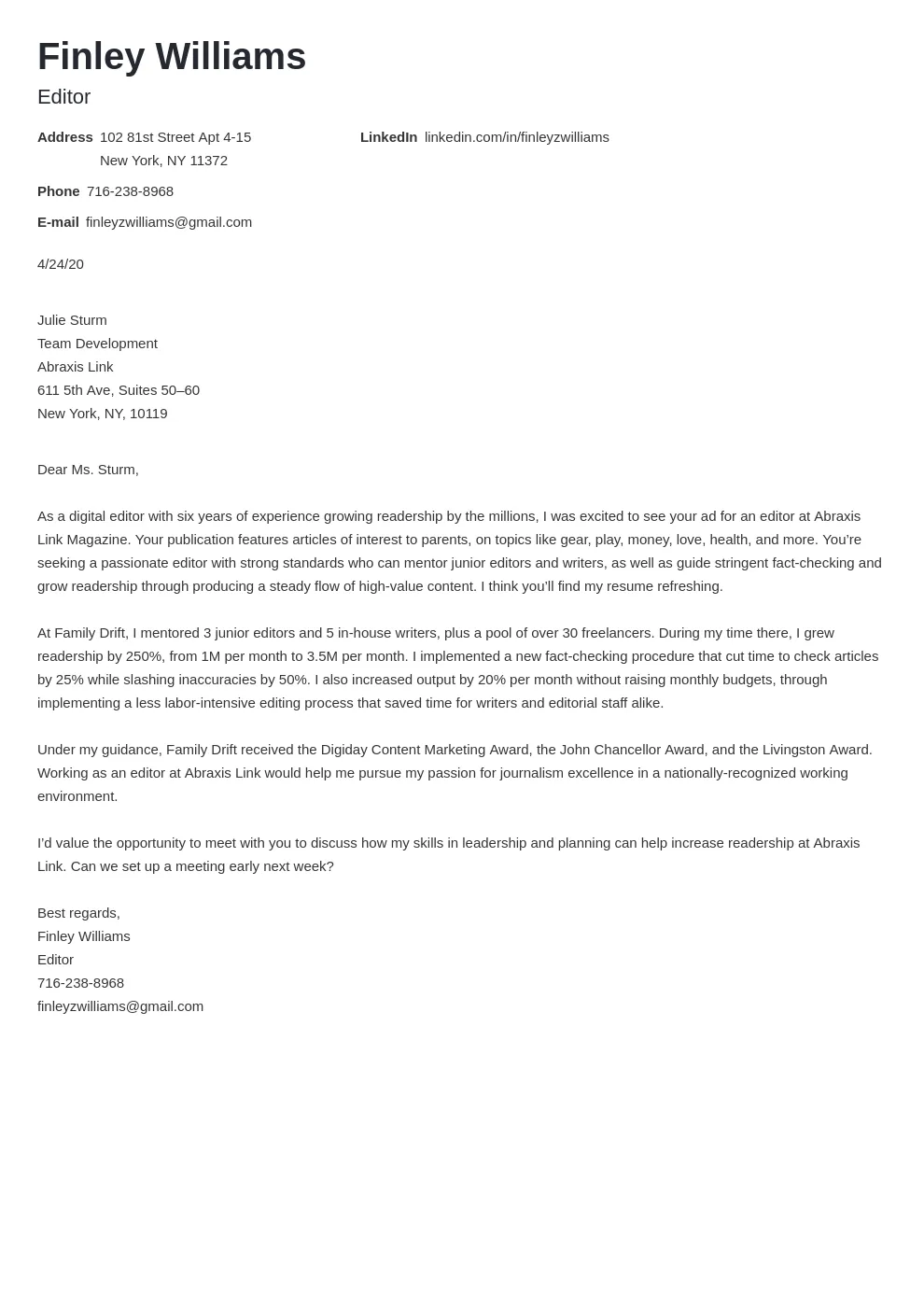
The resume is a factual document, while the cover letter is a narrative. Your resume provides a chronological or skills-based overview of your professional history, education, and accomplishments. A cover letter complements the resume by providing a narrative, highlighting specific experiences and skills that align with the job requirements. It allows you to explain why you are interested in the position, what you can bring to the role, and how your skills match the company’s needs. The cover letter allows you to make a personal connection with the editor and showcase your writing style. Use it to give context to your resume and persuade the editor to hire you.
Key Components of a Winning Cover Letter
Contact Information & Date
Begin with your contact information at the top of the letter, including your name, address, phone number, and email address. Follow this with the date of the letter. Make sure your contact information is current and easy to read. This ensures the editor can easily reach you if they are interested in your application. Ensure your email address is professional and appropriate for the role.
The Editor’s Name and Title

Address your cover letter to the specific editor if possible. Research the publication to find the editor’s name and title. This demonstrates that you have done your homework and are genuinely interested in the position. If the editor’s name is not available, use a general salutation such as “Dear Hiring Manager.” Avoid generic greetings such as “To Whom It May Concern.” Always try to find out the name of the person in charge to increase your chances of getting noticed.
Opening Paragraph: Grab Attention
The opening paragraph is your chance to make a strong first impression. State the position you are applying for and how you learned about it. Briefly mention something that caught your eye about the publication or the editor. Clearly express your enthusiasm for the role and the publication. Consider a compelling opening line that captures the editor’s attention. Avoid generic opening lines. Demonstrate your knowledge of the publication.
Highlight Your Relevant Skills and Experience
The body of your cover letter should highlight your skills and experience that align with the job requirements. Refer to the job description and identify the key skills and qualifications the editor is seeking. Provide specific examples of your accomplishments and how you have demonstrated those skills in the past. Use action verbs to describe your experiences and quantify your achievements whenever possible. Tailor your cover letter to each specific job application, highlighting the most relevant experiences. This will show you are a good fit for the position.
Tailor Your Letter to the Editor
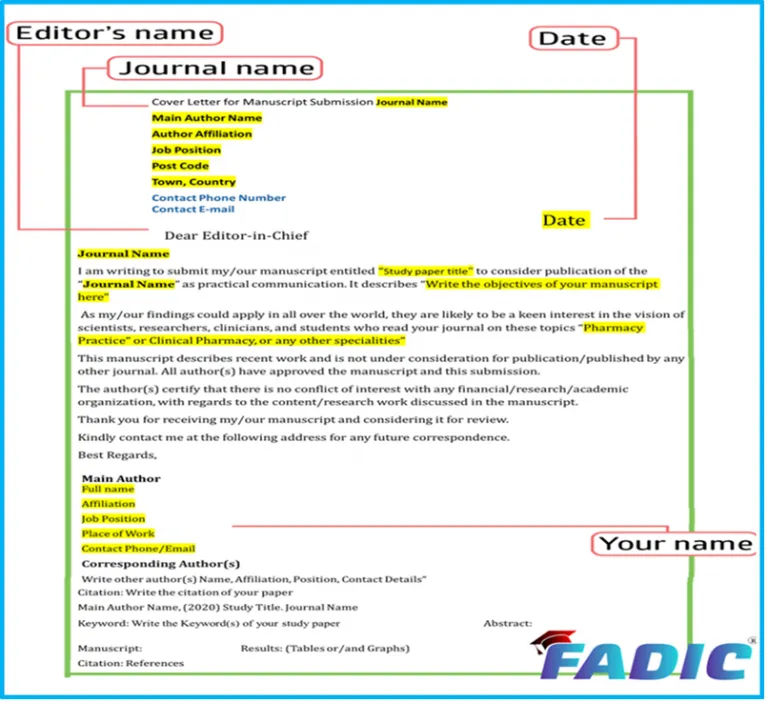
Customize your cover letter for each editor or publication. Research the editor’s interests, the publication’s style, and the specific requirements of the job. Show that you understand the publication’s audience and the types of articles they publish. Demonstrate that you have read and are familiar with the publication’s content. This will show your genuine interest and demonstrate your ability to write for their audience.
Showcase Your Achievements
Don’t just list your skills; showcase your achievements. Provide specific examples of your accomplishments that demonstrate your ability to succeed in the role. Quantify your achievements whenever possible, using numbers and data to showcase your impact. If you have increased readership, improved website traffic, or received positive feedback, include it. Use action verbs to describe your responsibilities and accomplishments. Make your achievements clear and easy for the editor to understand. Use the STAR method (Situation, Task, Action, Result) to structure your examples.
Express Your Enthusiasm & Interest
Convey your genuine enthusiasm for the position and the publication. Explain why you are interested in working for this specific editor and what you find appealing about their work. Demonstrate your knowledge of the publication’s content and its mission. Clearly articulate your career goals and how the position aligns with them. Mention your long-term career goals and why this position will help you get there. Let your passion for writing and editing shine through.
Use a Strong Call to Action
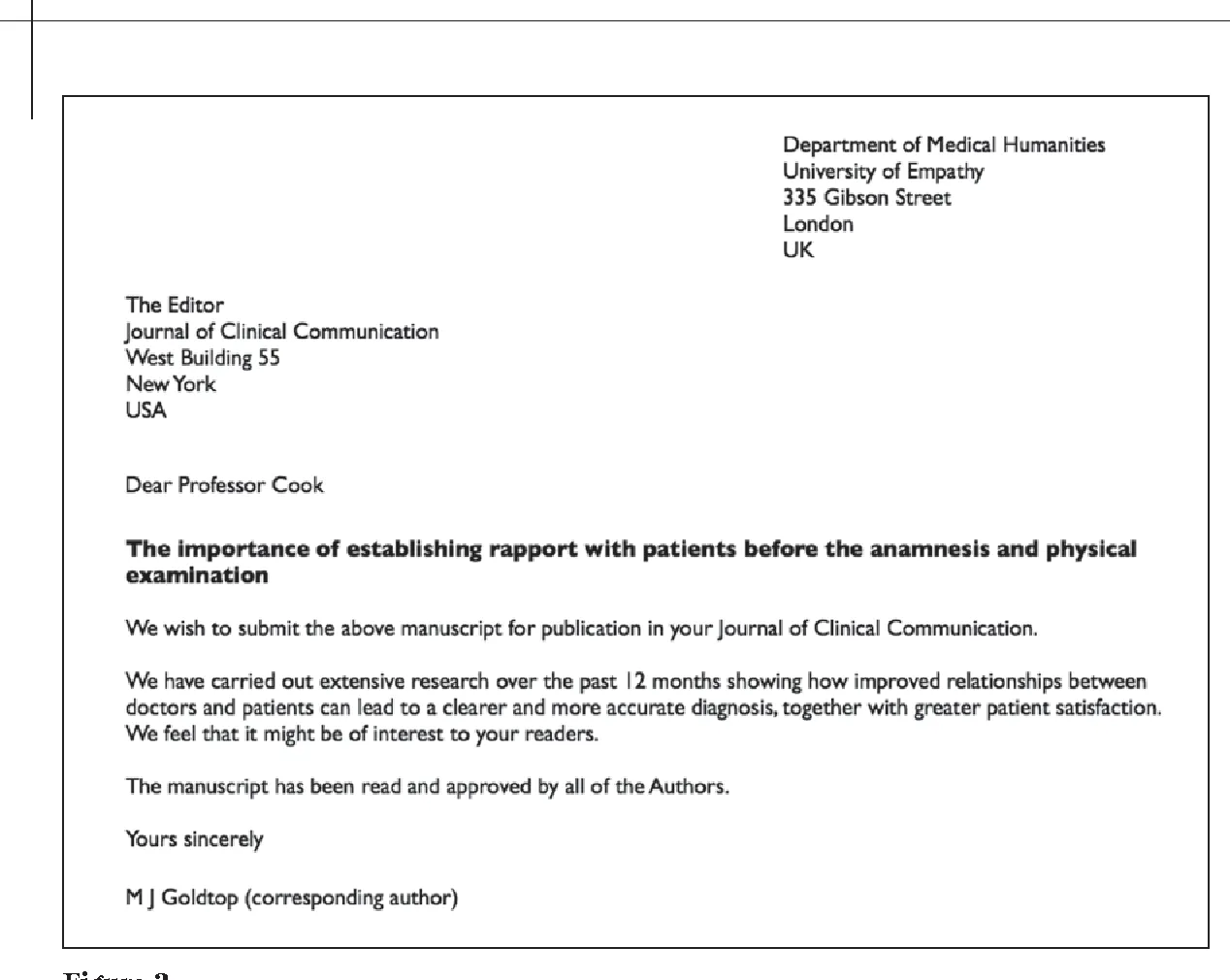
End your cover letter with a clear call to action. Express your interest in an interview and your availability. Thank the editor for their time and consideration. Reiterate your contact information and your eagerness to discuss your qualifications further. This encourages the editor to take the next step. Make it easy for the editor to contact you and schedule an interview. Avoid vague closing statements; instead, be direct and proactive.
Proofread and Edit Carefully
Proofreading and editing are crucial to ensure your cover letter is free of errors. Before submitting your cover letter, carefully proofread for any grammatical errors, spelling mistakes, and typos. Read your cover letter aloud to catch any awkward phrasing or unclear sentences. Ask a friend or colleague to review your cover letter for a second opinion. Make sure your cover letter is well-formatted and easy to read. A polished cover letter reflects your professionalism and attention to detail.
Common Cover Letter Mistakes to Avoid
Avoiding these common mistakes will help you create a winning cover letter.
Overusing ‘I’
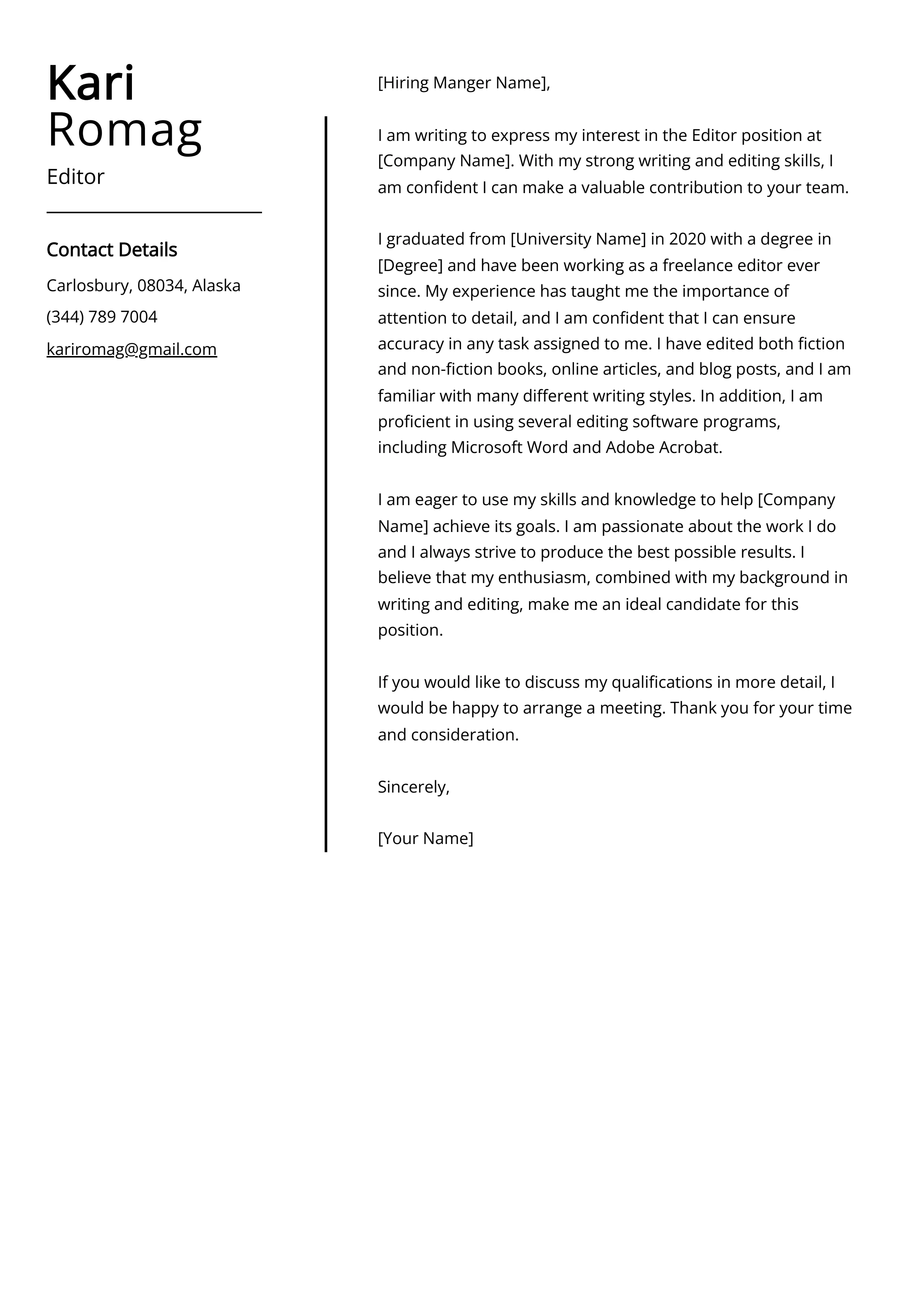
While it is necessary to use ‘I’ in a cover letter, avoid overusing the word. Focus on your achievements and the value you can bring to the role, rather than solely on yourself. Balance your sentences and vary your sentence structure to keep it interesting. If you find yourself using ‘I’ too often, rephrase your sentences to focus on your skills and accomplishments. Try to use action verbs to show your capabilities. The goal is to highlight your skills and the value you will bring to the editor’s team.
Generic Cover Letters
Generic cover letters are a major turn-off. Customize each cover letter to the specific job and the editor’s needs. Show that you have taken the time to research the publication and understand their requirements. Avoid using the same cover letter for multiple applications. Address the editor by name if possible and reference the publication’s specific content. Be unique and show your personality in your letter. Demonstrate a genuine interest in the position and the publication.
Ignoring the Job Requirements
Carefully read the job description and address all the requirements. Show how your skills and experience align with the job requirements. Focus on the most relevant aspects of your qualifications. Tailor your letter to showcase the skills and experiences most relevant to the specific job. Make sure to address all the necessary requirements for the position. Show your understanding of the editor’s needs and the publication’s goals.
